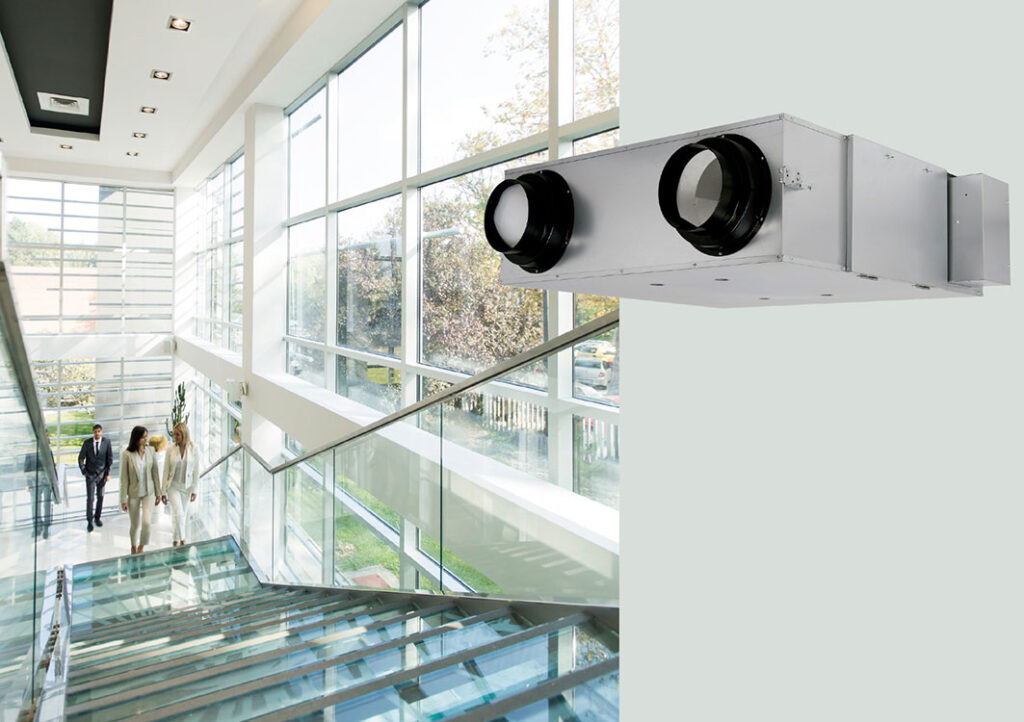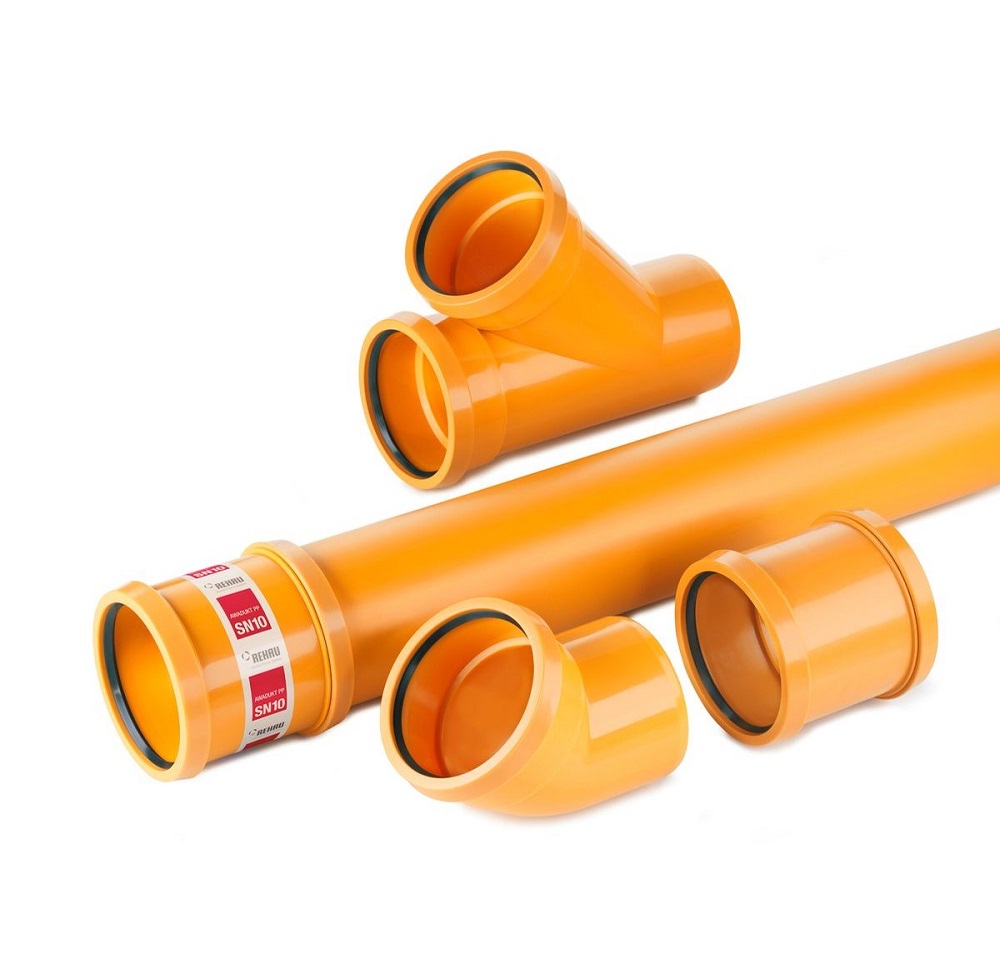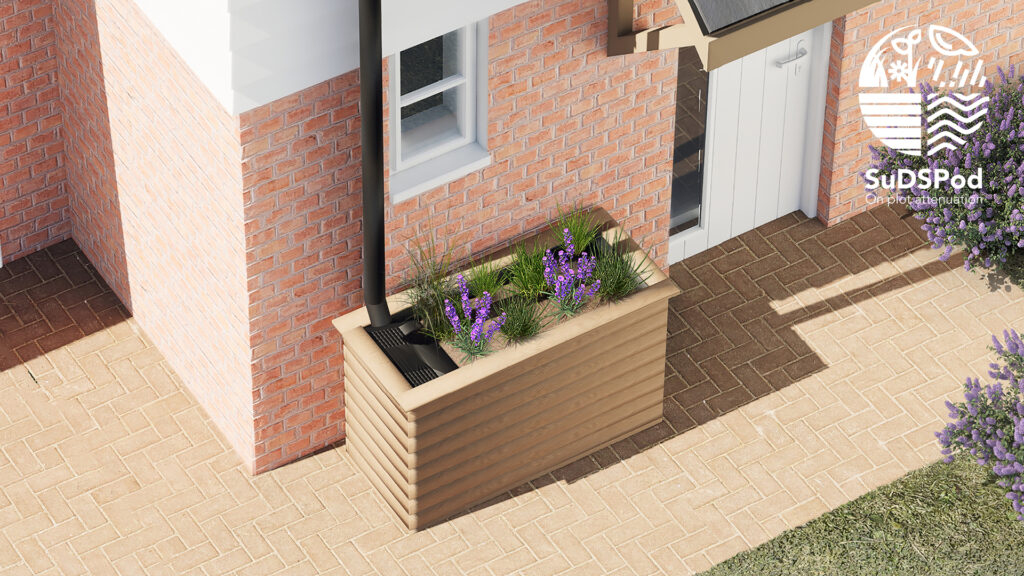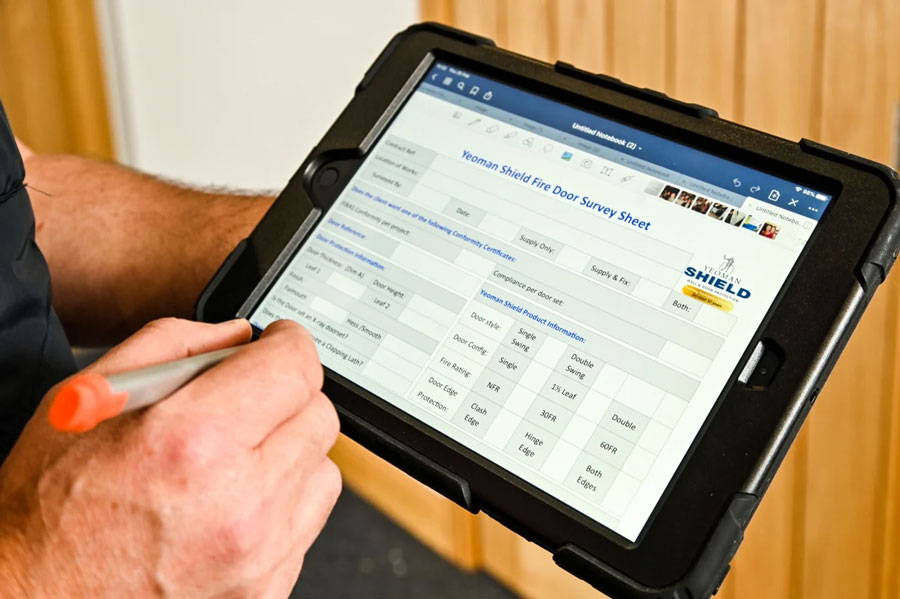Designing out crime
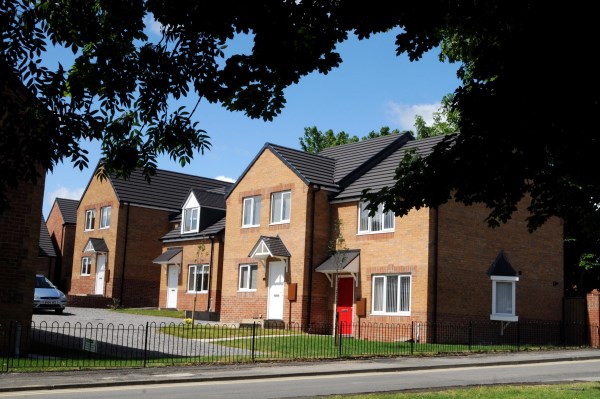
Domestic burglary costs the nation more than £2.9bn annually and can have a damaging impact on communities, as well as adversely affecting property values and the popularity of residential areas.
Secured by Design (SBD) is a national Police initiative that has been working with the planning, construction and security sectors for over 25 years to ‘design in’ security features, enabling residents to become more secure and comfortable.
Housing developments built or refurbished to SBD principles and using Police Approved products have been proven to benefit from up to 75% less burglary, 25% less vehicle crime and 25% less criminal damage than similar developments without security principles employed.
The principles developed by SBD address the need and importance for a safe environment that is secured in four ways:
- Surveillance: The physical design of the development should offer maximum opportunities for natural surveillance by residents without compromising the need for privacy.
- Access/Egress: Developments should include a minimum number of access and exit points which could otherwise provide escape routes and offer opportunities for potential offenders.
- Territoriality: The establishment of clear boundaries with a separation between communal and private spaces, with each having a well-defined purpose and role.
- Physical Security: Establishing good standards of physical security for each property and its boundaries. Doors and windows, which include roof-lights, are the most used access points by burglars, with locks being the key focus for forced entries.
New legislation
The importance of physical security in preventing crime has been validated by the introduction in 2015 of Part Q (Security) to support the requirements of Schedule 1 to the Building Regulations 2010, also known as Approved Document Q (ADQ).
ADQ, which came into effect in October 2015, addresses specific physical security requirements in relation to new homes, including those resulting from a change in use of existing buildings into homes. The new legislation lays down minimum guidelines for resistance to attack for: doors at the entrance to a building, garage doors, where there is a connecting door to the dwelling, ground floor, basement, other easily accessible windows and any easily accessible roof-lights.
Easing the burden of compliance
SBD’s new National Building Approval scheme (SBD NBA) allows housing providers and developers to gain ‘type approval’ of their new housing stock before any development or refurbishment scheme is planned or built. This approval is acceptable to Local Authority Building Control and can be used to discharge regulatory compliance, streamlining the procurement process.
Providing a new framework for discharging the requirements of ADQ, SBD’s NBA Scheme streamlines the procurement process and removes the burden of compliance by agreeing all aspects of physical security at the design stage, thus removing the need for time-consuming and costly individual checks.
Renewed every three years and almost free of charge, the SBD NBA certification scheme allows products and building types to be removed or added at any stage during this period with the reassurance that all necessary checks on products, in terms of their compliance and suitability for the specific application, will be made.
Sourcing the right products
ADQ has also highlighted the importance of sourcing the appropriate products for a particular application, which may require additional elements relating to their use or an understanding of possible conflicting parts of the Building Regulations; such as fire safety, as outlined in Approved Document B.
It is also imperative that tested products have been assessed for their fitness for purpose. For example, doorsets tested and approved for individual homes should not be substituted as entrances in communal dwellings, which are subjected to much heavier use.
In addition, the product that is being installed needs to match precisely the configurations presented during testing. In the case of doors and windows, modifying the specification of any one aspect, such as the locks, handles and even the fixings, could compromise the product’s security.
SBD operates a Product Licensing Scheme where membership is awarded to companies producing security products that pass standards and tests nominated by the police service. For many years SBD has required that doors and windows are not only tested by the product manufacturer, but that certification from a UKAS accredited independent third-party certification authority is also in place. This process exceeds the guidelines for Approved Document Q and ensures products are consistently produced to the required standard and will continue to meet the standard in use.
An open and shut case
Impressive crime reductions can be achieved through adherence to design security principles, safeguarding neighbourhoods and homes. Incorporating these from the outset not only ensures compliance but also offers the potential to achieve significant savings in time and costs through reduced administration and offers reassurance for members of the public living in, or buying residential properties.


















